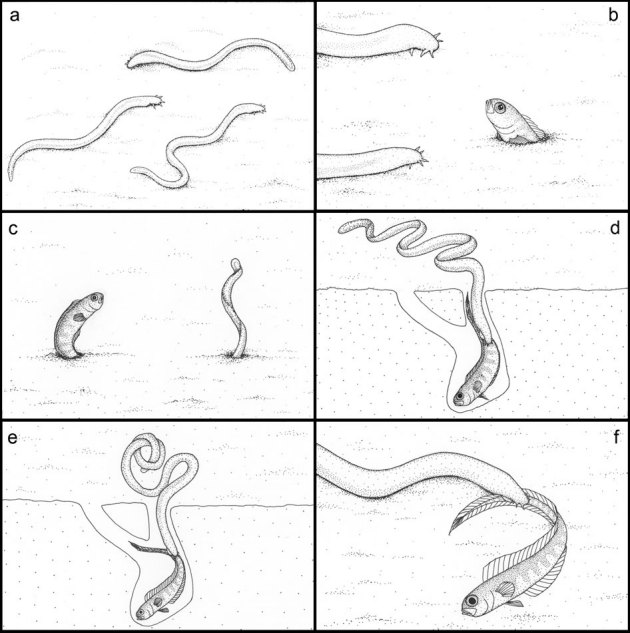Figure 3. Sequence of events in hagfish predation.

The slender hagfish Neomyxine sp.1 preys on the red bandfish Cepola haastii (see Supplementary Video S2 for the full sequence). The family Cepolidae, represented in the New Zealand region by a single endemic species, is known to have a burrowing behaviour, excavating a hole in a sedimentary bottom and emerging to feed on zooplankton44. (a) Several individuals of Neomyxine sp.1 actively search a small area of sediment where a number of C. haastii burrows were observed. (b) Cepola haastii protrudes its head outside of the burrow. (c) Neomyxine sp.1 forces C. haastii out into the water column by invading its burrow. (d) Neomyxine sp.1 enters a burrow and makes contact with the prey. The subsequent intense activity of the posterior portion of the hagfish suggests that it starts to grasp the prey by repeatedly protracting and retracting its pair of bilaterally symmetric dental plates27 (see Fig. 1b). It then goes through a period of relative inactivity where it is hypothesized that it waits for the prey to die or become incapacitated before extracting it from the burrow. It is possible that during this time lag, the hagfish suffocates its prey by producing slime. (e) Neomyxine sp.1 with its anterior section buried in the sediment creates an overhand knot with its posterior section before extracting the prey. (f) Neomyxine sp.1 withdraws from the burrow with the posterior part of a C. haastii held by its toothplates, then swims away with its prey.
